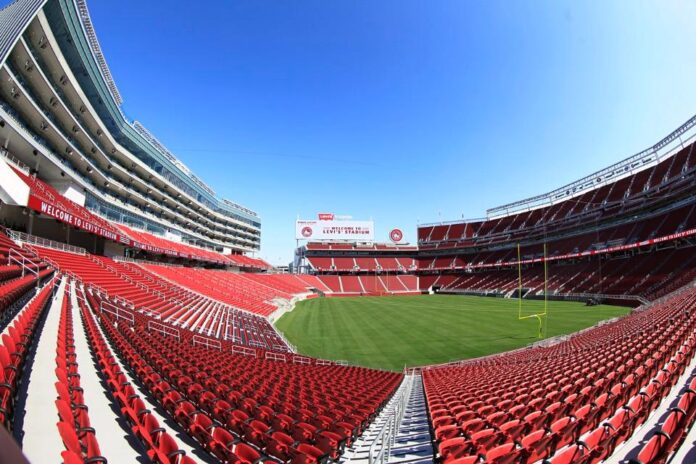Managing a large venue neutral host distributed antenna system project is a challenging endeavor. These projects can make the best project manager dig deep into their toolkit of skills and expertise. The reader may assume these skills are technical by nature, but the challenge addressed herein is the communication between project stakeholders as they apply to the business motivations of each party. One of our project managers recently stated: “Neutral host DAS projects are not that technically complicated, but they are quite political.” As most of us know, success in politically-infused activities requires exceptional leadership skills, the ability to tolerate ambiguity and change, as well as to facilitate open communication between all of the stakeholders.
The business requirements
As all project managers know, no project will be approved and implemented without a quantitative business reason. Therefore, in addition to capacity offload to the carrier’s macro network, it is ideal to have a predetermined customer base that will generate enough revenue (aka a positive return on investment) for the interested parties to participate.
The ROI issue becomes increasingly sensitive as the number of project participants seeking a revenue stream from the endeavor increases. When third-party neutral host companies are involved, carrier investment can easily be pushed past a comfortable ROI number. If you see a major venue that doesn’t have a system, it is usually because a third party drove up the cost or the venue owner had misguided expectations on what the carriers were willing to spend.
The participants
Each NHDAS project typically has three major participants: the owner, the neutral host company and the wireless carrier. Each of these has several stakeholders in its team. The venue team will likely include finance, business development, site engineering, legal, communications and more. If the venue is a government or joint government/private enterprise, there are even more stakeholders involved since it must meet government regulations and the fact it is in the public eye. The neutral host company will include its preferred equipment manufacturers, system integrators, installers, as well as its financial, business and legal teams. Each carrier (most likely there are multiple carriers involved) will have engineering, finance, business development, transport, construction management and legal stakeholders. The third-party neutral host DAS project can quickly grow to more than 20 stakeholders, each with its own project expectations and objectives. The communication requirement between the stakeholders has now grown exponentially.
Mixed funding and revenue expectations
The complexities can get out of hand, with the possibility of each of participant wanting financial remuneration for participation. Either one (wholly) or more parties (split) must pay for the DAS system – including the RF signal source, radio equipment, fiber links and antennas.
To justify this expense the venue will seek adequate compensation from the neutral host company, and the neutral host company will want to collect lease revenues from the carriers. The revenue, as we all know, is generated by mobile users subscribing to the mobile carrier. Therefore, the key motivator for the carrier is to increase capacity to keep mobile users happy. Unfortunately, that results in neutral host companies often setting unrealistic expectations on the carrier’s price tag for participation. They also expect for the carriers to fund the project 100%.
The closer the DAS project ROI gets to any participant’s minimum ROI requirement, the more likely the project will appear to be politically charged. Therefore, change orders to NHDAS projects are particularly painful.
Project manager risk mitigation
To reach the end goal without ripple effect, delaying change orders, communication between stakeholders must be clear, timely and frequent. This task falls on the shoulders of the project manager.
The project manager’s ability to keep all stakeholders focused on the end goal of enhancing the wireless experience for the carriers, their customers and the venue’s customers/employees while still meeting revenue expectations is critical for an optimal agreement between all parties.
They need to understand the motivation of each of the stakeholders and manage expectations as a whole to keep the project on a successful path. This is why it is imperative that the project manager bring exceptional leadership skills to any NHDAS project.
Editor’s Note: In an attempt to broaden our interaction with our readers we have created this Reader Forum for those with something meaningful to say to the wireless industry. We want to keep this as open as possible, but we maintain some editorial control to keep it free of commercials or attacks. Please send along submissions for this section to our editors at: dmeyer@rcrwireless.com.

